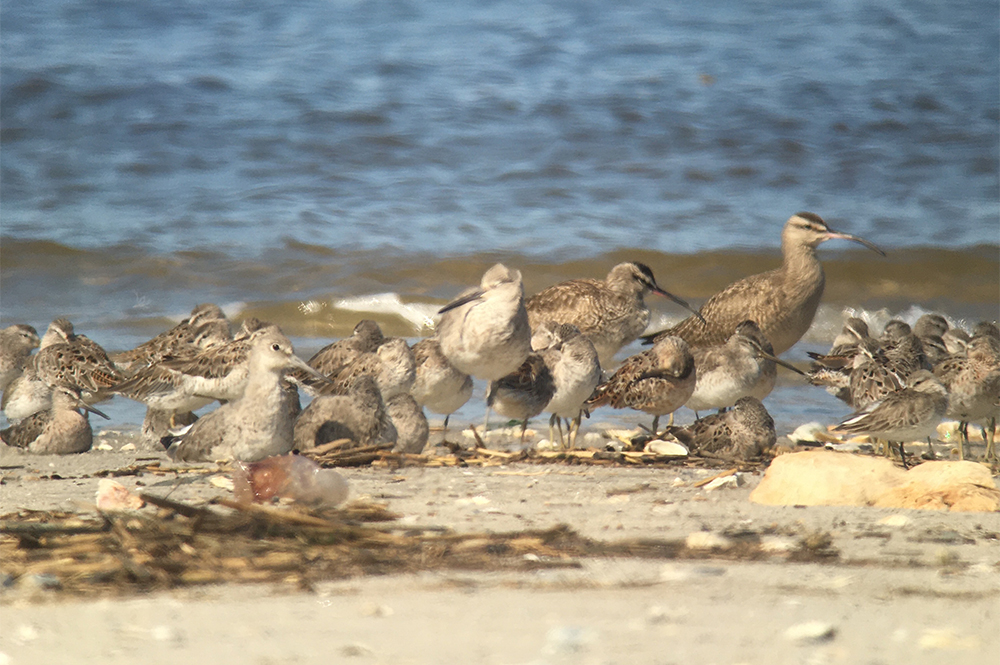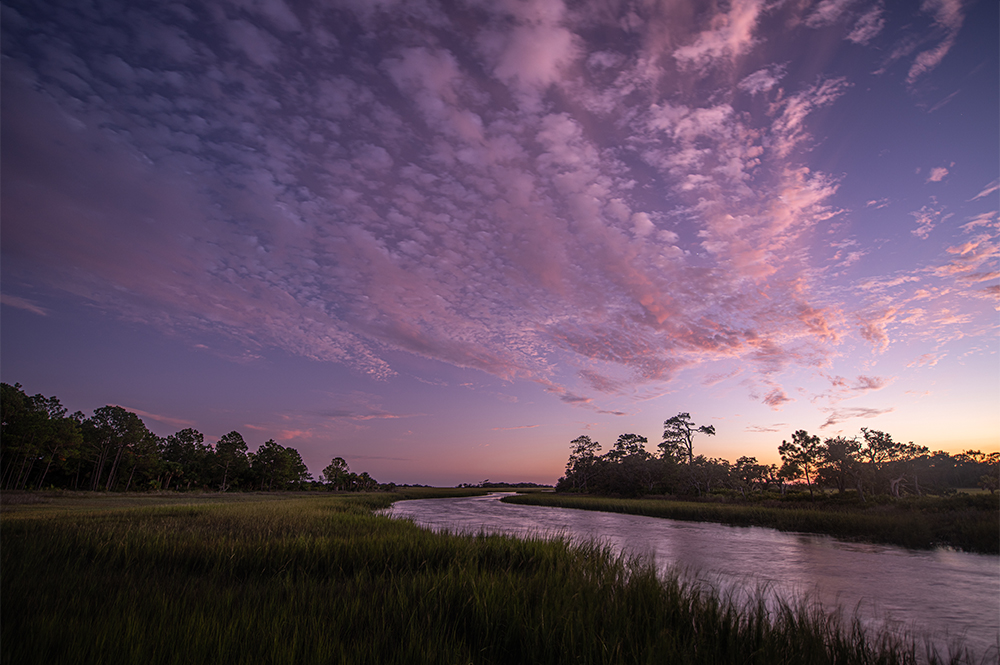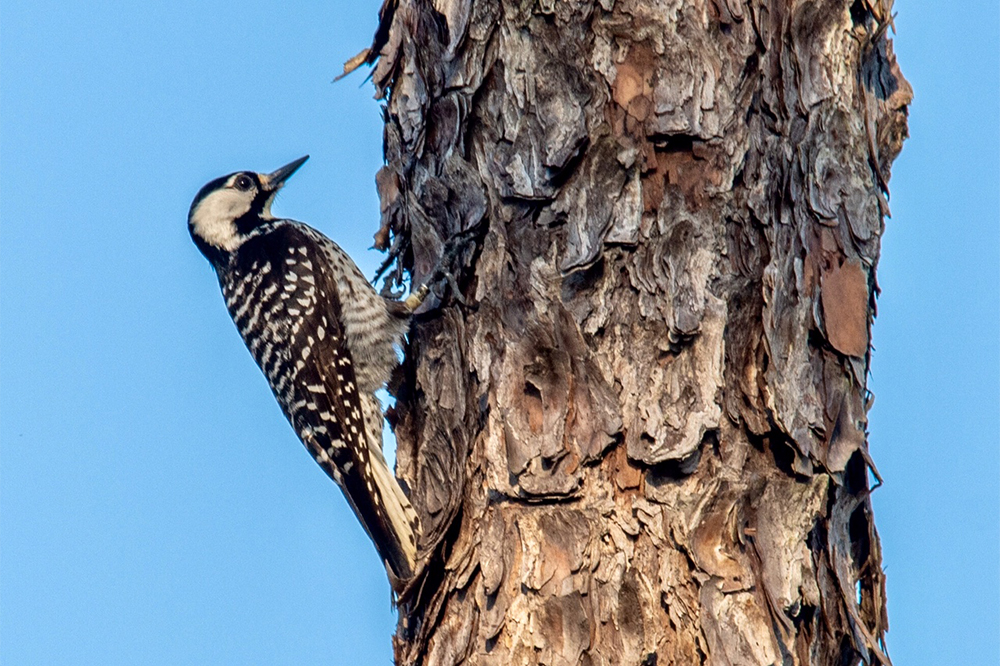Coastal Conservation in a Pandemic—Manomet: Finding Solace in Nature
By Abby Sterling
With all of the uncertainty caused by the global pandemic, there is a tremendous amount of solace to be found in nature. As Manomet’s shorebird biologist for the Georgia Bight Shorebird Conservation Initiative, I am being kept busy with our nesting shorebirds, like American Oystercatchers and Wilson’s Plovers, and our migrating shorebirds that are heading up to the Arctic, like Red Knots and Dunlin. Ever an optimist, I look for silver linings in every situation. While this crisis highlights many challenges for all of us in the non-profit world, there have been some interesting opportunities as well.
I’ve been working on a project with partners from National Fish and Wildlife Foundation (NFWF), National Audubon and Virginia Tech to better understand how both birds and people use our publicly accessible beaches. This March, while the beaches were closed for two weeks, I was able to continue monitoring. And while that short window wasn’t enough time to see a true shift in how the birds were using the beaches, we did see Wilson’s Plovers starting to explore sites where we had not observed them nesting before. Tybee Island, normally so busy with people, had hundreds of Tree Swallows roosting on the empty beach. During one survey, I saw three Black-necked Stilts at the surf, a long-legged black and white shorebird that is typically found in quiet beach ponds or impoundments. And at another site, just last week, a Wilson’s Plover nest hatched all three eggs, and now fuzzy chicks are zipping around on a beach that is still closed to the public.
We’ve also been so lucky that we are able to work with our partners to continue to prioritize data collection and management, while carefully following local ordinances and health guidelines. We were able to install symbolic fencing at Gould’s Inlet on St. Simons Island to protect nesting Wilson’s Plovers and Least Terns, many volunteers are still collecting International Shorebird Surveys, and we are coordinating an evening count of Whimbrels this week. Every evening at sunset, Whimbrels leave the marshes where they feast on fiddler crabs and fly to remote sandbars to roost for the evening where they can be safe from disturbance and predators. It is an incredible spectacle that lasts through May, until the well-fed Whimbrels fly to the Arctic to nest. The Whimbrel count is part of a project supported by NFWF to determine what sites could serve as long-term counting locations to help us better monitor the populations of this declining species.
At Manomet, we’ve been working hard to fill in the gaps that were generated by cancelled events and talks to connect with people digitally. Some of you may have tuned in for our Whimbrel webinar, which can be accessed here, and we hope to have more of these offerings in the future. We are working hard to continue building strong connections within our communities to address some of the most pressing challenges that shorebirds face in our region. We are using this time to continue planning programs to reduce recreational disturbance, build partnerships to support habitat protection and conservation, and raise awareness for the fragile resources that exist within the Georgia Bight. To support our efforts, please click here, and specify in the comment space that you’d like your gift to be designated for Georgia’s shorebirds.
We thank you for your interest, and we look forward to the next time we can all be together safely!





